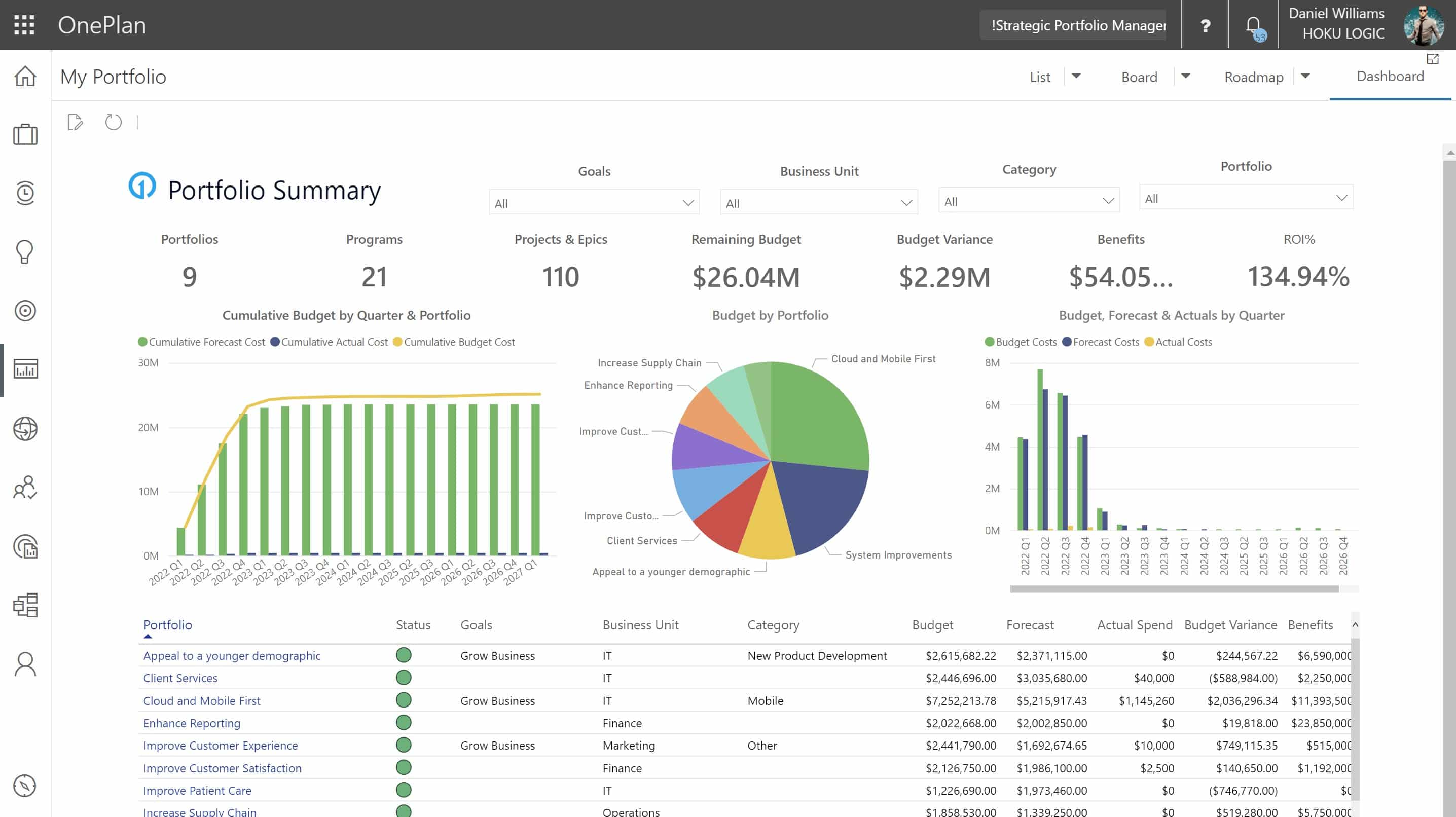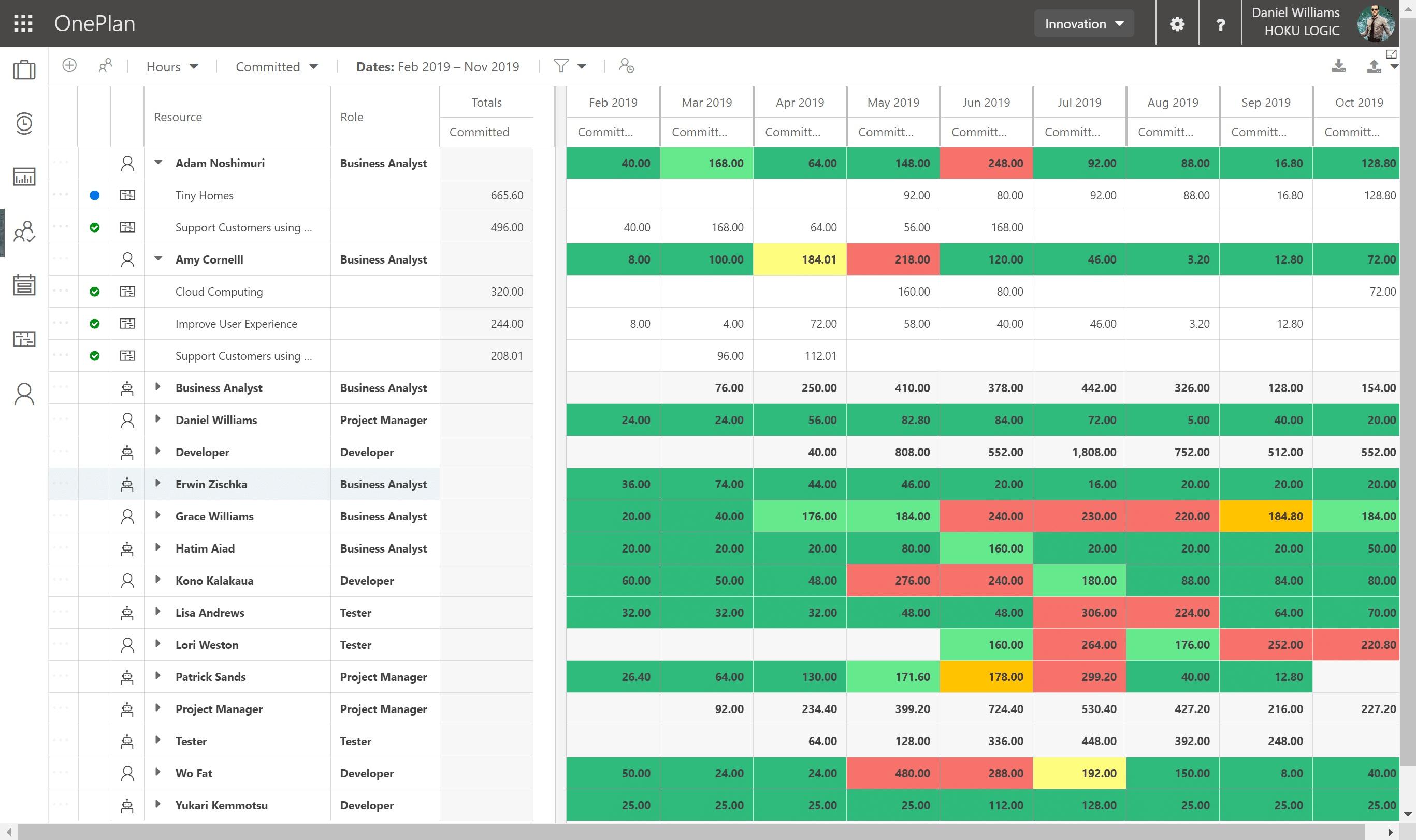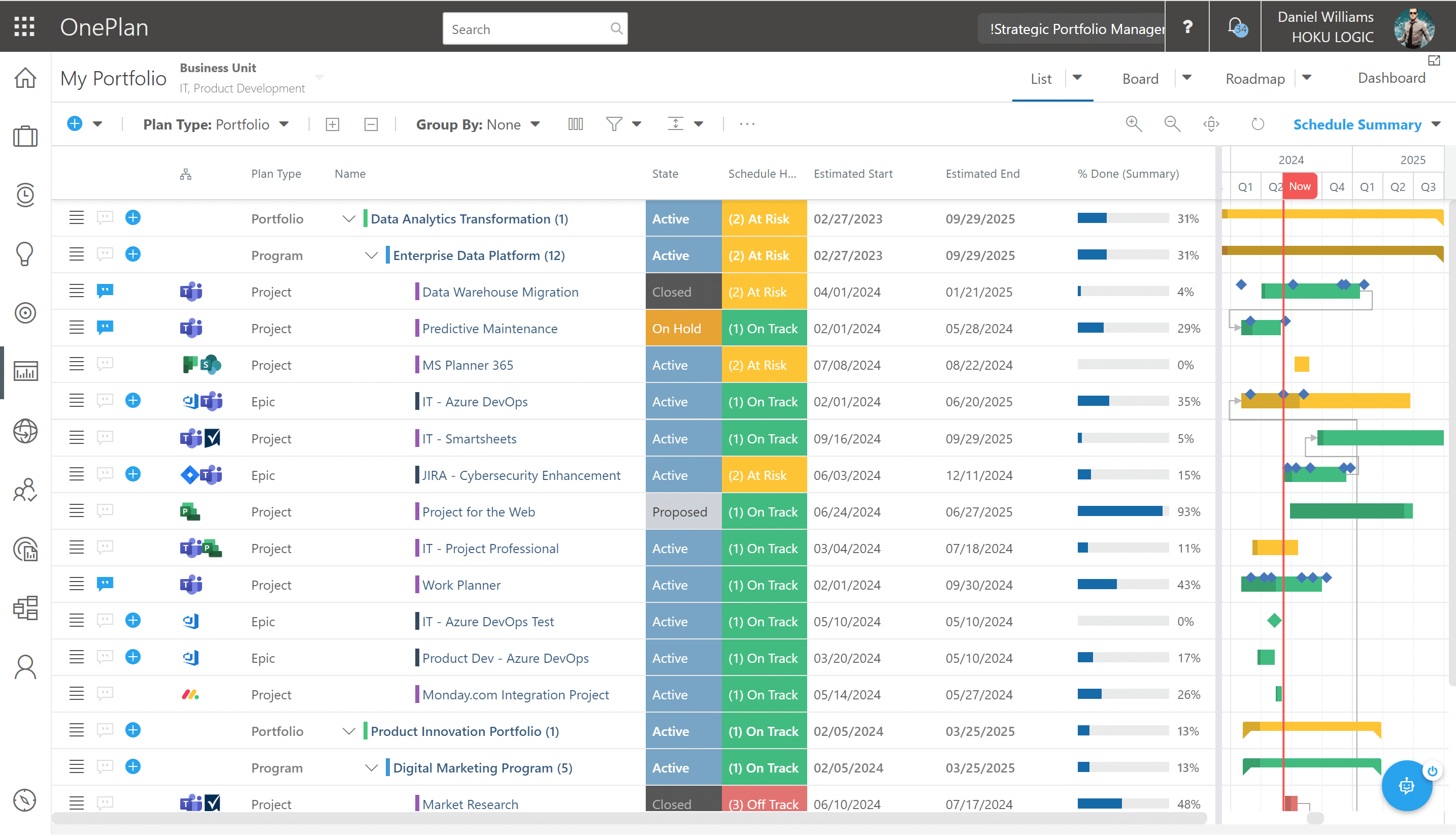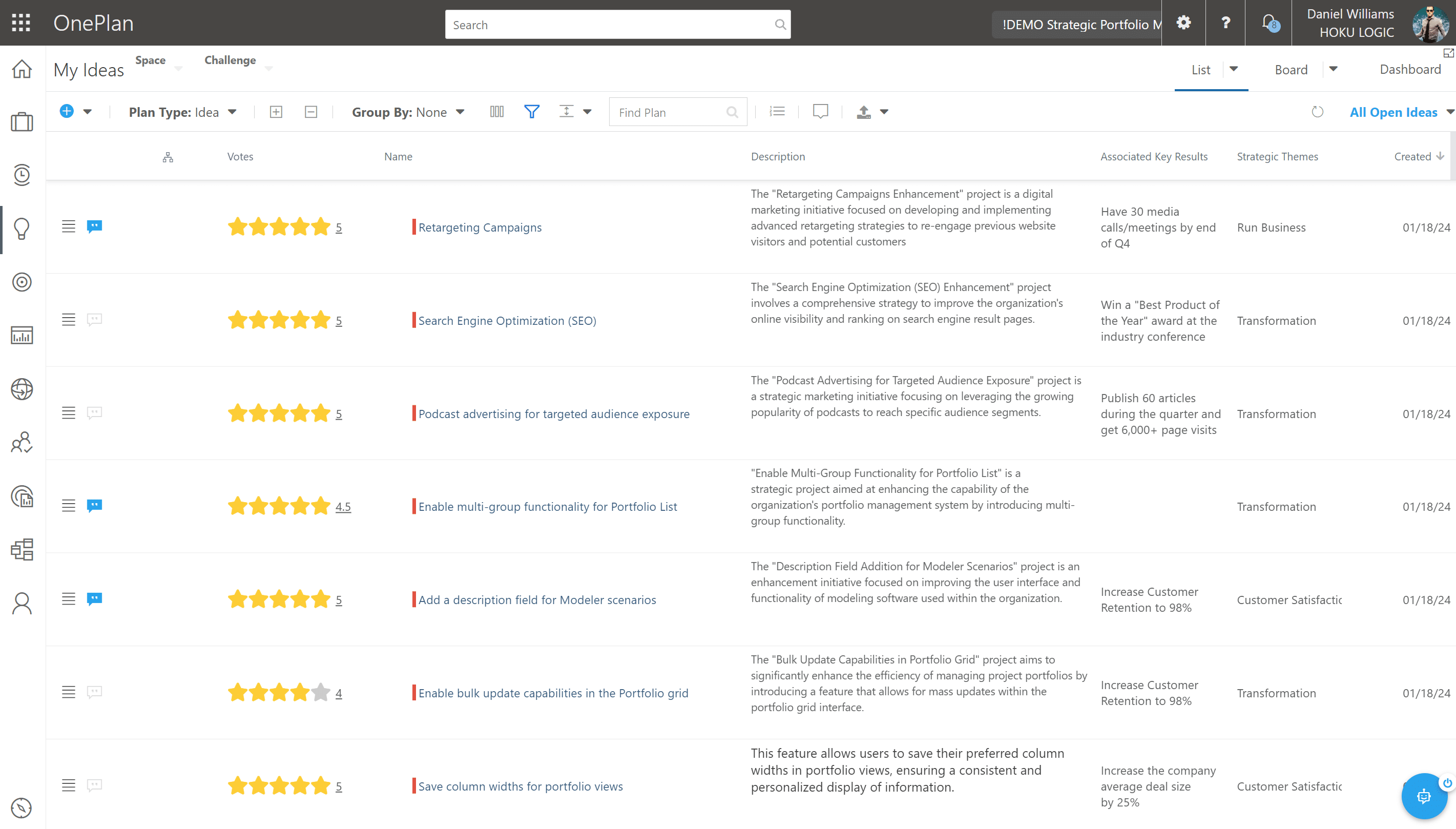In Summary
When managing high-stakes initiatives, leveraging the Scaled Agile Framework (SAFe) and Lean Portfolio Management mitigates risk and improves the outcomes.
Transformation Initiatives
Transformation programs are those large strategic initiatives, often company-wide, that determine the future of the organization. Today, we often use the term ‘digital transformation’ because there are so many opportunities to use technology for reinventing or automating existing business models. But a transformation can take many shapes and sizes. If a typical transformation exists, it has high visibility, a large budget, and an expectation that multiple, diverse teams will deliver critical change in support of the goals.
The Line Between Success and Failure
According to McKinsey & Company (2019), 70% of transformations fail. The same report cites a number of contributing factors to failure, including:
- The failure of leadership to achieve real understanding and commitment across the entire enterprise.
- A lack of skills or capacity to get the right work done well and on time.
- A lack of quality procedural elements, such as the right kind of change management, communications and meetings cadence, and performance tracking.
Risk Mitigation Using SAFe
There are several principles and tools in SAFe that mitigate those risks listed above. Many of these elements come from the Lean Portfolio Management framework (LPM), which is the competency in SAFe most dedicated to strategy and governance. It helps if people in the organization are already familiar with agile methods, but it is by no means critical. A large program can succeed by borrowing from these tools, even if business agility practices are still untested in the organization. Below are three areas for focus:
1. Organize Teams for Success
An organization has a hierarchy, and everyone reports to someone else. But that doesn’t mean there can’t also be a network of working relationships beyond the hierarchy. Instead of structuring a program’s workstreams around existing functional teams, consider structuring the program by value streams. Value stream thinking will help you identify the key end-to-end business processes and/or products that will ultimately deliver business value to your customers and your bottom line. Managing by value streams will mitigate the wasted time, and poor communications resulting from working across many silo’d functions.
Transformations often rely on using vendors and outsourced staffing. Follow the agile contracting guidelines in LPM to establish agreements for mutual success. Preserve objectivity and maintain a healthy diversity by not having a vendor monopoly.
SAFe Principles: Organize around value. Take an economic view. Assume variability, preserve options.
2. Transformation Procedures
Transformations should have clearly visible objectives and key results (OKRs). OKRs are the various goals and metrics for the business change. A leading practice is to incorporate OKRs and their updates into your management information system so that OKRs are transparent, kept up to date, and may be linked to specific actions or projects.
LPM provides a highly effective way to prioritize a list of workstreams, projects, or actions in relation to OKRs. The Weighted Shortest Job First (WSJF) method is arguably the best approach today for deciding on the sequence of planned work when capacity, economics, and interdependencies mean you can’t do everything at once.
Managing a transformation requires managing a rolling wave of ideas and issues requiring action. Case studies show that by making all proposed work and in-flight work highly visible and highly visual, decisions on team capacity become better informed. Don’t assume that your first big transformation plan will be the only one throughout. The marketplace will shift during the program, and so will your understanding of what is going to work best. Use a visual Kanban system for capturing ideas for transformation work, develop those ideas, promote the right ones into the backlog ready for sequencing, and apply WSJF to optimize their time to value.
The initial transformation planning effort, as well as the routine of rolling planning, can be achieved through a structure of program increments (PIs). Breaking down timelines and budgets into smaller packages is a risk mitigation approach, enhanced by teams regularly demonstrating working prototypes and using leading indicators from Lean business cases. Using agile methods for planning and managing at both the large solution and team levels avoids the problems of waterfall approaches, which inevitably defer many unknowns until the end of the program, leading to time and cost overruns through rework. Having good technology for managing program data should enable you to minimize the use of stage gates, reducing wait times, and costly review meetings.
Orchestrating a transformation is complex, especially with many people, disciplines, and business units involved. Not only does LPM give guidance on accelerating your budgetary and business planning cycles, but it also provides an excellent template for aligning teams and interdependencies. People respond well to cadence, ceremonies, and sharing. The quarterly PI meetings provide a strong agenda and process for enabling disparate teams to synchronize on joint planning.
SAFe Principles: Apply cadence, synchronize with cross-domain planning. Visualize and limit WIP, reduce batch sizes, and manage queue lengths. Assume variability, preserve options. Build incrementally with fast, integrated learning cycles. Base milestones on objective evaluation of working systems. Apply systems thinking.
3. Leadership & Culture
The best kind of transformation leadership is one that is relentless in reinforcing and adjusting the communication of business needs, as well as providing a service of removing roadblocks for all teams. Modern military organizations have realized the power of decentralized decision-making and the power of a ‘team of teams’ approach. Agile methods for managing complex programs provide the same benefits, with the safety guardrails being agile procedures and the visibility of all relevant program data.
Leadership is also accountable for supporting a culture of continuous improvement so that expertise in different aspects of the transformation can be shared and so that honesty and lessons learned become a matter of routine. Agility methods provide guidance on setting up and running a transformation center of excellence and various communities of practice.
SAFe Principles: Unlock the intrinsic motivation of knowledge workers. Decentralize decision-making.
OnePlan Framework
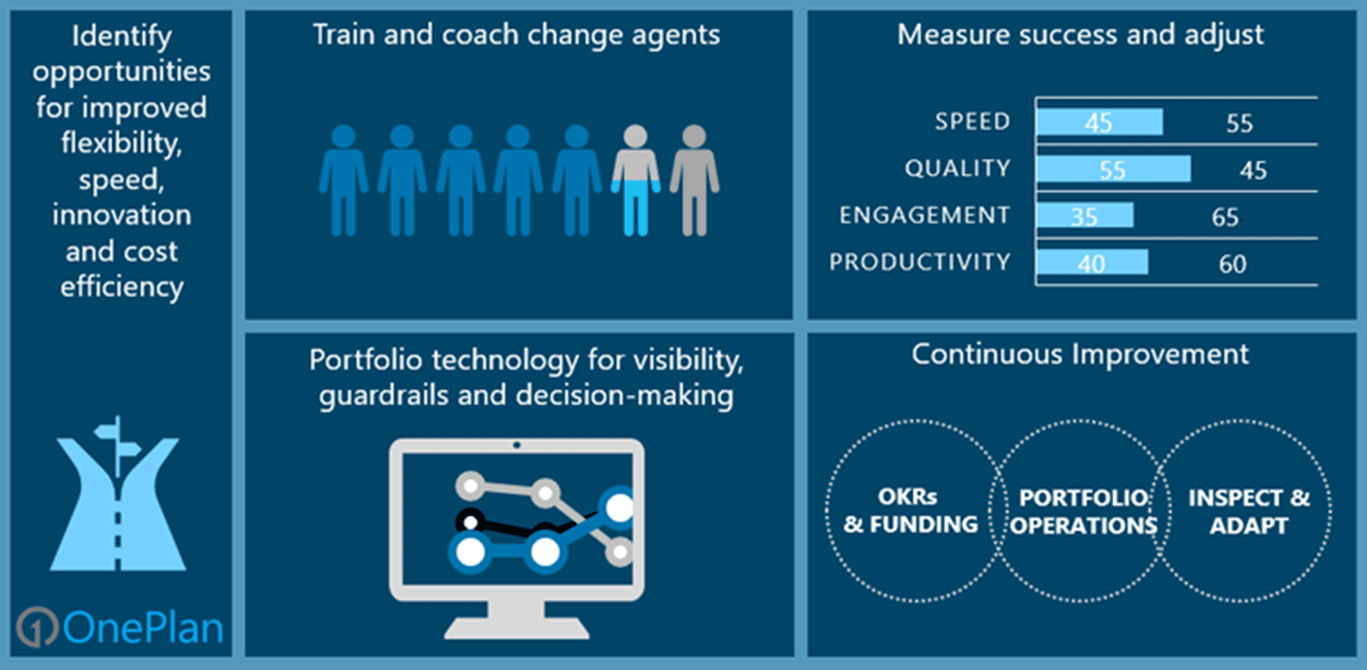
The Checklist
Regardless of your framework for managing the transformation, there are some basics that should appear on your checklist:
- Build and maintain a backlog of opportunities to prioritize.
- There will be vast amounts of people involved: selecting your internal change agents for the transformation is perhaps the most important decision to be made. This team needs to be fully aligned with your framework and procedures, so have everyone trained on your methods and procedures. This team becomes your Center of Excellence.
- Technology is your ally. The information technology solution for managing the program should enable optimal decision-making and align everyone on objective setting, planning, interdependencies, execution details, and the financial and resource picture.
- The transformation’s business goals need leading indicators of business value defining so that these can be tracked during the initiative – not just afterward.
- A key leadership role is to promote a culture of continuous improvement
OnePlan supports transformation leadership through a mix of professional services and OnePlan technology solutions, built on the Microsoft platform.





